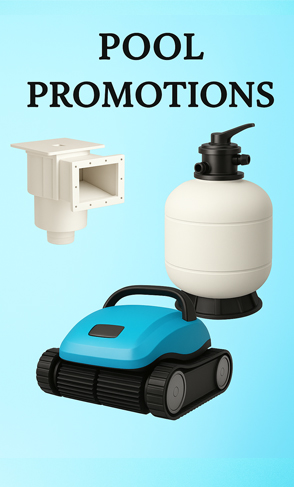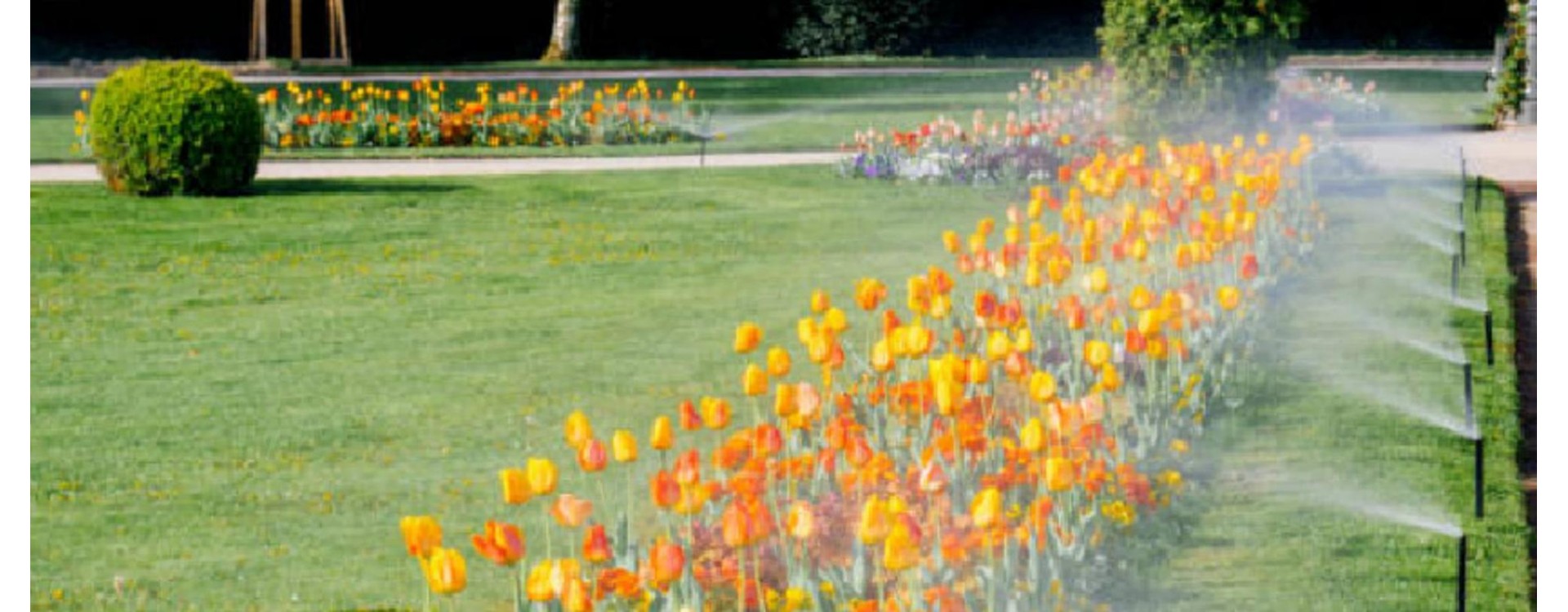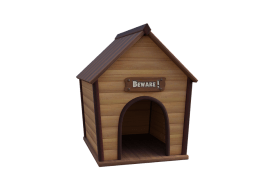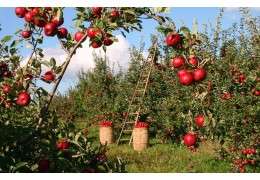10 Most Recommended Types of Irrigation Sprinklers
When you need irrigation sprinklers , choose one that sends large droplets of water close to the ground. These sprinklers are more efficient than sprinklers that spray a fine mist and lose a lot of water to evaporation.
Drip irrigation is a great alternative for trees, shrubs, perennials, and groundcovers. Little or no water is lost to evaporation when water is applied at soil level, near the plant roots.
A well-planned irrigation system can help you avoid overwatering, which not only wastes water but can also be harmful to your plants. Knowing how much water your plants need, and regularly monitoring and maintaining your irrigation system, are the keys to saving water and money.
10 Types of Irrigation Sprinklers Recommended for Your Green Areas
Below I describe each of the most recommended irrigation sprinklers so you can choose the one that best suits your needs:
1- Drip system
Drip irrigation is the most efficient way to water many different crops. It's an ideal irrigation method for clay soils because water is applied slowly, allowing the soil to absorb the water and preventing runoff.
Drip devices use a fraction of the water used by overhead sprinklers. Drip systems consist of drip tubes placed along a planting bed and deliver water directly to the base of the plants at a rate the soil can absorb without losing water to mist, overspray, or runoff.
There are different types of irrigation sprinklers, including drippers, bubblers, soakers and micro-sprinklers. Drip systems can be customized to meet the needs of each plant.
However, you should not mix different equipment in the same zone or distribution line, if possible. In other words, don't run the emitter piping in the same zone as the bubblers. Use separate zones for each type of equipment.
2- Traditional automatic sprinkler system
Traditional automatic sprinkler systems include pop-up sprinkler heads, which can be adjusted to spray a full circle, a half circle, or a quadricircle. The disadvantage of pop-up sprinkler heads is that they are often less efficient than rotor heads or drip systems, as they deposit water into the soil faster than clay soil can absorb it.
Regardless of which spray heads you use, you must ensure they are spaced so that each head jumps to the next, or what is called head-to-head coverage. All spray heads should be the same type and from the same manufacturer to achieve even water distribution.
Click here to order your Rain Bird MaxiPaw 1/2" and 3/4" Sprinkler
3- Rotor system
Irrigation sprinklers are generally more efficient than spray heads. They apply water at a much slower rate than sprinklers, allowing the soil to absorb moisture more efficiently.
In the past, rotors have not been used for smaller lawn areas, but new rotors are specifically designed to apply water at less than half an inch per hour and with a radius of less than 15 feet. The application patterns and radius are adjustable, allowing them to accommodate irregularly shaped areas.
4- Spray heads
More properly called fixed spray heads, these are small heads that spray a fan-shaped pattern of water. Think of a shower nozzle.
Most use interchangeable nozzles installed on the sprinkler head that determine the pattern and radius of the water spray. Some special patterns are available for long and narrow areas.
The spray heads are spaced up to 18 feet apart. The basic physics of water spray limits the distance between heads. They require between 20 and 30 PSI of water pressure to operate properly.
You can find the irrigation nozzles for diffusers here.
5- Rotating nozzles and rotators
A new type of miniature rotor has been introduced in recent years and has become extremely popular. These are often referred to as rotary nozzles or rotating nozzles.
Most manufacturers classify them as sprinkler heads in their catalogs. They're called rotary nozzles because they feature a very small rotor, the same size as a standard sprinkler nozzle. You can find the main rotator nozzles on the market at the following link.
6- Bush-style sprinklers
Bush-style sprinklers were a type of sprinkler designed to be installed above the ground on top of a pipe. For liability reasons, most irrigation professionals no longer use bush sprinklers except in very limited situations.
7- Drip pipes
Although 16mm drip hoses or tubing are not technically sprinklers, they are a type of irrigation system and should be considered by homeowners before making a final decision.
Soaker hoses are placed throughout the landscaping and deliver water along the entire length of the hose, as opposed to just through the nozzle. Soaker hoses are a smart option for homeowners with dense landscaping that's difficult to water with traditional sprinkler irrigation systems.
8- Center pivot irrigation systems
This system is self-propelled, powered by water pressure, oil, or electricity. One side of the machine remains stationary, while the other rotates in a circle. This system is best for circular or square fields. Additional nozzles can be attached to the end for additional spraying and more land coverage.
Learn more about the Rain Bird 5004 PC Sprinkler
9- Linear motion irrigation systems
Ideal for long fields, this system moves in a straight, continuous line toward the field. It can cover multiple rows at once and is guided by a cable or GPS, depending on how much you're willing to spend. However, for this system, the land must be fairly level to function properly. Linear systems can be fed by trenches or hoses.
10- Displacement gun systems
Traveling sprinkler systems are basically large, mobile sprinklers. The sprinkler unit is on a cart connected to an irrigation system. The pipes are buried beneath the field and have sprinklers with risers to water crops evenly. This system works for fairly dry areas that require uniform irrigation.
These systems are primarily used for efficiency. Water is distributed evenly and at a low production rate to ensure water conservation. These systems also tend to be more energy efficient.












Leave a comment
Comments
Aspersores de arbusto
By : Jose maria Isaias barajas On May 23rd 2020Tengo lineales 40 metros por un lado y esta la.bomba de 3/4 Y por el otro 40 metros todos son aspersores de.arbusto Automatizado lo quiero Tengo la bomba de 3/4
boquillas aspersoras tipo niebla
By : Nelly cisneros On April 7th 2020manejaran boquillas para riego tipo niebla
Replied by : Jose Luis Informático On April 9th 2020